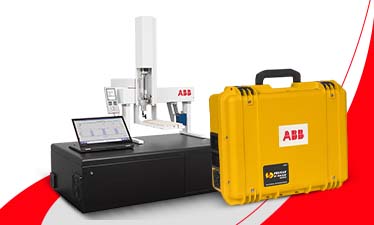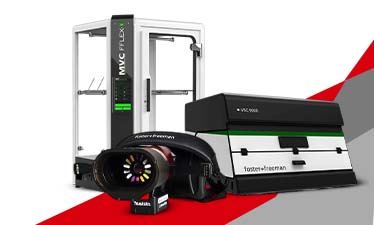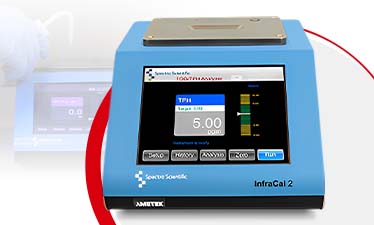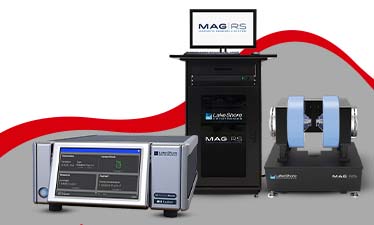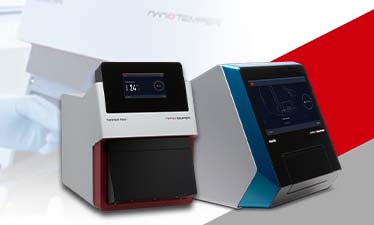The Difference Between Horizontal and Vertical Mill Machines
Milling is a commonly used machining process that involves removal of workpiece material by rotary cutters. In the milling procedure, the workpiece remains stationary while the cutting tool rotates.
Almost all milling machines follow the same basic formula where the rotating cutting tool presses against the workpiece and does the job of removing materials. However, there are a few different types of milling machines available in the market.
VF Series CNC models provide vertical mills that are one of the types that we are going to discuss about. Keep reading till the end to find out all the difference between horizontal and vertical mill machines.
Horizontal Mill Machine vs Vertical Mill Machine
Horizontal Milling Machines have a similar design like a vertical mill machine in which a spindle holding a rotating cutting tool gets pressed against the workpiece for removing the material from the workpiece.
However, there are some major differences between the two types of machines. Firstly when it comes to orientation of the spindle, the horizontal mill machine as the name suggests features a horizontal orientation.
Whereas the vertical mill has a vertical orientation spindle. This means that horizontal milling machines mount the cutting tool on a spindle that has horizontal orientation that enables it to selectively remove material from the stationary workpiece.
The vertical milling machine with its vertically oriented spindle features a setup that is very similar to a bench drilling machine. This type of milling machine has a vertical arbor that performs the job of not just holding but as well as rotating the cutting tool that plunges deep into the workpiece material as required.
Additionally, the specifications and shape of milling cutters and tools of the two types of mill machines are also distinct. While the horizontal milling machine has thick and short tools that are capable of eliminating large amounts of material from the workpiece in comparison to vertical milling machines.
The vertical milling machine has long and thin cutting tools. This difference in the geometry of cutting tools impacts the accuracy and nature of the cuts that each machine is capable of delivering.
Now because of the thick cutting tools used in horizontal mill machines, they are capable of delivering deep and heavy cuts rapidly. Along with normal cuts (chamfering, facing, etc.) they are suitable for slotting and grooving operations.
On the contrary, vertical mill machines are able to perform most general tasks, however, they specialize in drilling and plunge cuts on the workpiece. Moreover, a vertical mill machine is able to offer higher accuracy in comparison to a horizontal mill machine.
Also, vertical milling machines are more economical and therefore, cost less than horizontal milling machines. They are also low maintenance and require lesser cost of operation. This makes the vertical mill machine to be more popular and used in more and more machine shops.
So, what are you waiting for? Now that you are aware of the differences between horizontal and vertical mill machines, it is time for you to explore VF Series CNC models and pick the right option as per the needed application.




